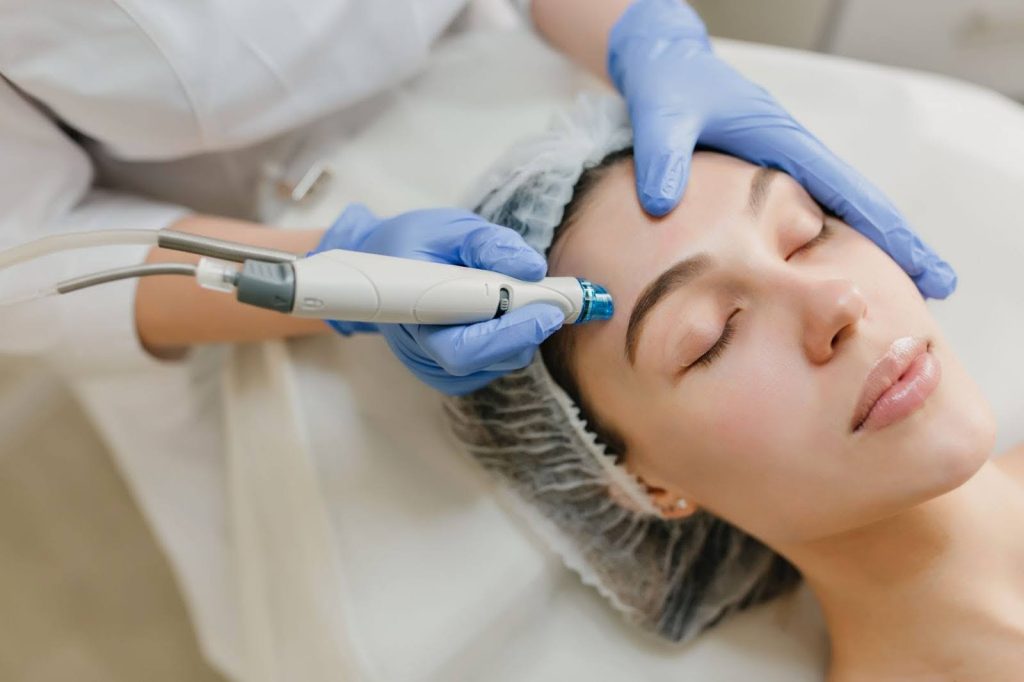Many people look for safe and effective treatments to improve their skin. Microneedling has been one of the most favored ones over the last several years. It is applied to the fine lines, wrinkles, acne scars, and uneven skin tones. However, the question that comes to mind before attempting any new treatment is, is microneedling safe?
The short answer is yes. Microneedling is a safe and efficient treatment procedure when done by qualified practitioners. Nevertheless, one should know how it operates, what precautions should be taken, and who may benefit. Let us consider the most important facts you need to know about the safety of microneedling.
1. How Microneedling Works
Microneedling involves the use of a machine with extremely thin needles to produce small holes in the skin surface. Such minor traumas cause the natural healing process of the body. This leads to an increase in skin collagen and elastin production. Both are significant proteins that ensure the skin is firm, smooth, and young.
The process is not very dangerous, as punctures are very tiny and controlled. It does not destroy the skin indefinitely. Rather, it promotes growth of healthy new skin, which strengthens texture, tone, and general appearance.
2. Safety of Professional Microneedling
The location of microneedling is one of the most significant aspects of microneedling safety. Cosmetic clinics and dermatologists are always sterilized, and hygiene standards are high. This reduces the probability of infection or complications.
Microneedling is safe for most types of skin when performed by qualified personnel. It is a non-surgical and minimally invasive treatment process; hence, the recovery tends to be fast. The majority of individuals have minimal redness or swelling, which lasts briefly.
3. Possible Side Effects
Even though microneedle dermal delivery is relatively safe, it can have some mild side effects. The most frequent ones are redness, dryness, or mild irritation following the procedure. The effects pass away within several days.
Serious risks, such as infection or scarring, are very rare. They usually happen when microneedling is done with unclean equipment or by untrained people. This is why it is important to choose a professional provider.
4. Who Should Avoid Microneedling?
Microneedling is safe in most cases, but not all. Individuals with some skin disorders, like eczema, psoriasis, or severe acne, should not use it. It can also not suit the patients who have open wounds, skin infections, or blood-clotting diseases.
Pregnant women are not recommended to use microneedling until after they deliver their babies. It is always good to visit a dermatologist to find out whether the treatment is suitable for your skin type and condition.
5. Why Is Microneedling Considered Safe?
All in all, microneedling is safe since it incorporates the natural healing power of the body. It does not resort to foreign materials or prolonged recuperation, as is the case with harsh chemical treatments or surgery. The process is fast, and the majority of individuals can resume normalcy within the same day or the following day.
Microneedling is safe because of its simplicity. Small, regulated injuries stimulate the natural healing process of the skin. The risks are very low in comparison to the benefits as long as the treatment is conducted in a safe environment.




